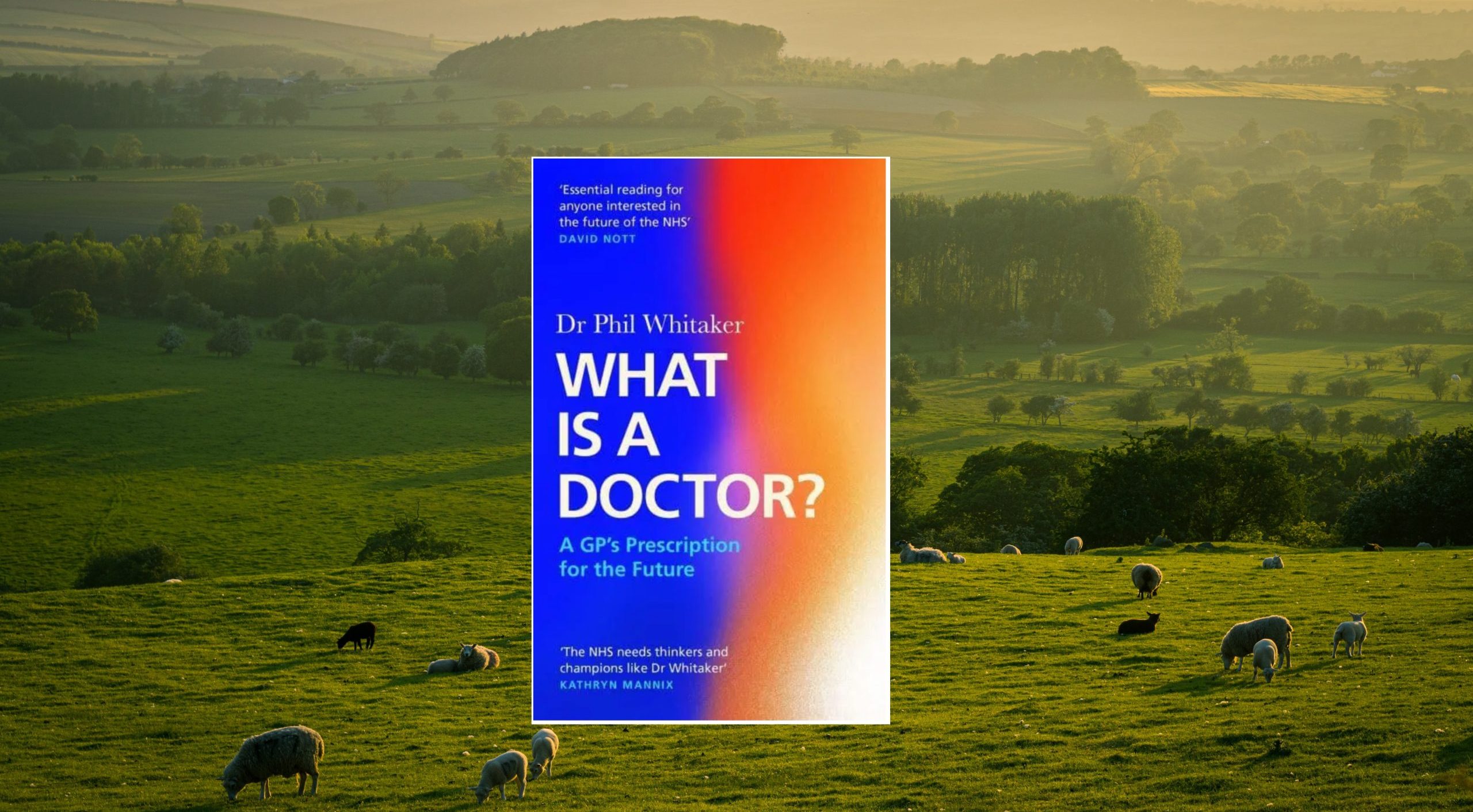Emilie Couchman is an academic GP currently undertaking a PhD with the Mesothelioma UK Research Centre at the University of Sheffield and a GP in Wiltshire. She is on Twitter/X: @DrEmilieCouch
Luke Sayers is a GP in Northumberland. He is a strong advocate for continuity of care
Phil Whitaker’s recent book, published in the 75th anniversary year of the NHS, is a timely discussion of the current state of this institution. He shines a spotlight on general practice, reflecting on its changes over past decades in response to medical advances, political reshuffling, and societal shifts.
Whitaker has managed to write an easy-read page-turner that examines complex and heavy issues. The style of the book feels more like a novel in places, which makes it accessible to anyone with even a vague interest in healthcare. Whitaker has a clear talent for storytelling: his anecdotal tales of clinical practice or personal circumstance add colour to his underlying evidence-based approach; and he references many a significant moment in research and policy to support his own experience.
As the multidisciplinary team (MDT) becomes increasingly complex with additional moving parts, the role of the doctor becomes ever more difficult to describe.
The title, ‘What is a doctor?’, neatly articulates a contemporary query. As the multidisciplinary team (MDT) becomes increasingly complex with additional moving parts, the role of the doctor becomes ever more difficult to describe. The memory of the ‘family doctor’ is fading. Even belonging to a ‘family practice’ is difficult as mergers gobble up small practices.
Whitaker seems uneasy with the current state of primary care and describes a ‘taxi rank’, ‘impersonal and industrial’ model of care. He expresses concern that the GP is being pushed further from patient care into a consultancy-style role, by the MDT-style takeover of general practice. GPs interjecting into clinical care only when ‘expert’ advice is required will surely result in de-skilling in both generalism and communication in the long-term. Whitaker’s insight into why the NHS may be unable to adequately serve today’s society is interesting: ‘Our whole system was constructed in the era of single diseases.’ He reflects on the toll that insufficient time, increasing workload in terms of patient numbers and complexity, and further specialisation have taken on healthcare professionals’ ability to adopt a holistic perspective.
Whitaker was hugely inspired by his GP trainer as a registrar. He weaves Dr Peter Tate’s ‘Ideas, Concerns and Expectations’ (ICE) model from ‘The Doctor’s Communication Handbook’ into numerous chapters. Ultimately, despite the best of intentions, strategies such as ‘ICE’ designed to improve holistic care have fallen short as the challenges of society have overridden its original purpose. ‘…Eliciting ICE is, for many of the young doctors I worked with, an awkward or disliked exercise to be got through as quickly as possible, rather than an opportunity for genuine curiosity and connection.’ Using such narrative, Whitaker manages to indirectly articulate the intangible and embedded characteristics required by doctors if they are to be excellent GPs.
It seems that Whitaker considers good quality general practice to hinge on a GP’s character; their willingness to go ‘above and beyond’ for their patients. Of course, this also depends on their capacity to ward off burnout, and to work within the confines of a system governed by guidelines and algorithms. Whitaker suggests that a doctor’s character can be trusted and harnessed as a powerful mechanism by which to achieve patient-centred care, rather than overridden by micromanagement: ‘…healthcare requires a restoration of trust on the part of government and health service leaders in the intrinsic motivation of almost all of those who work in health to deliver the right care for each of their patients’. We detected the ‘almost all’, and alarm bells rang as to how clinician-led care may be detrimental to patient safety if not properly regulated. Unfortunately, Whitaker did not delve into this minefield any further.
It seems that Whitaker considers good quality general practice to hinge on a GP’s character; their willingness to go ‘above and beyond’ for their patients.
Despite often highlighting the shortcomings of general practice, Whitaker’s argument and reflection feels balanced, particularly when referring to a minority of ‘modern practices’ able to provide continuity. Whitaker revisits the impact of Sir Denis Pereira Gray’s work frequently throughout the book; whose views on continuity are clearly in alignment with his own. It is of course beyond the scope of the book to reference every other individual working tirelessly to promote continuity in their own clinical or academic spheres.
His concluding chapters present recommendations that he considers vital to the survival of NHS general practice: re-professionalise; rebalance; relocate; and responsibility. He considers continuity a lynchpin, and expectantly suggests that ‘…high levels of continuity can still be offered to patients in our modern context. It just takes intention and care.’
Whitaker references Prof Martin Marshall’s aim, as former RCGP chair, to ‘advance understanding among politicians of the pivotal role GPs play in the NHS – what he has dubbed “relationship-based medicine”’. This phrase resonates with continuity of care, whilst also emphasising the ‘particular expertise that family doctors have when it comes to interpreting the complex interplay between patients’ emotions, psychology, life circumstances and physical health…’ Such individuals, seemingly with a firm handle on the value of the GP’s role and its unique place in today’s healthcare system, need to be heard, to counteract the uncertainty among the healthcare workforce and general public alike.
Featured book: Whitaker P. What is a doctor? A GP’s prescription for the future. Edinburgh: Canongate Books Ltd; 2023. RRP £16.99
Featured photo: by Illiya Vjestica on Unsplash






